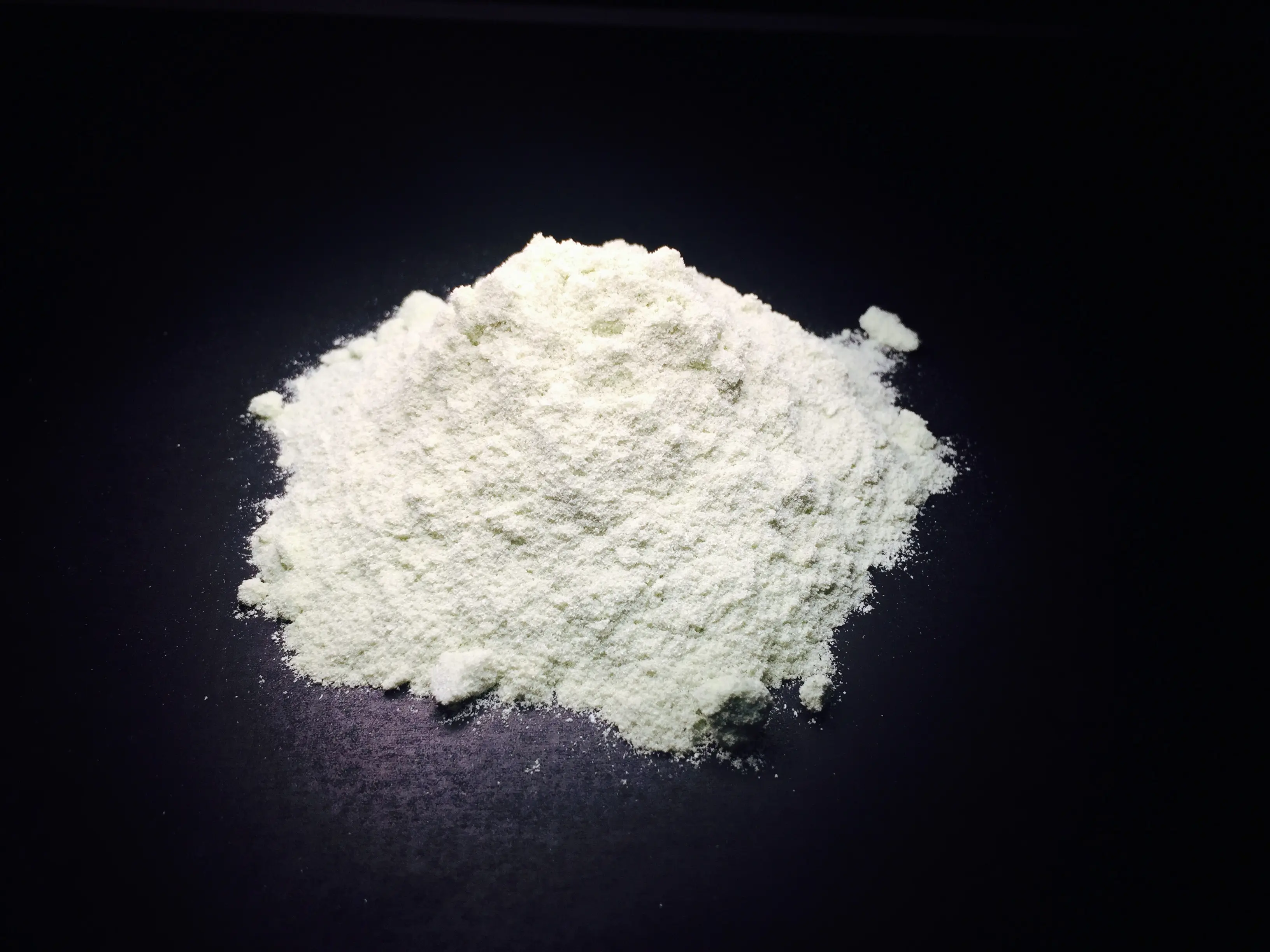Smart materials concept for SOFC anodes: Self-regenerating catalysts for efficient energy production from renewable fuels
Description
This interdisciplinary activity focuses on the evaluation of multiphase microstructures for a novel smart catalyst concept in the anode compartment of a fuel cell system. The drawback of currently used state-of-the-art nickel cermet catalysts is the general lack of microstructural stability against high temperature, humidity, varying oxygen partial pressures. In addition, sulphur, which is present in fossil but also in renewable fuels as addressed in the joint project, immediately harm the Nicatalyst and cause an irreversible degradation, if exposed to sulphur for longer times.
Microstructural and catalytic degradation becomes obvious by aggregation, particle growth and loss of active surface area and results in an increase of the polarisation resistance and lowers the electrochemical activity. Furthermore, percolation of the catalytic active nickel phase is limited and the electron pathways are interrupted byparticle growth, what again affects the ohmic resistance of the fuel cell.
To overcome these major degradation effects a new material-based strategy is applied. An anode material with an innovative “smart” effect is applied, where activity and performance will be recovered by the material intrinsic functionality to regenerate itself under an externally triggered stimulus. A commonly harmful redox cycle with transient pO2 operating conditions is actively used to self regenerate the anode catalyst. For this a fundamental understanding of the complex reaction mechanism and the relationships between performance and topological parameters on micro- and nanoscales is needed. Sophisticated microstructure analysis (nanotomography, TEM, image analysis) and numerical modelling and simulation will be combined with detailed electrochemical investigations.
Key data
Projectlead
Dr. Andre Heel
Deputy Projectlead
Dr. Dariusz Artur Burnat
Project team
Project status
completed, 10/2014 - 01/2018
Institute/Centre
Institute of Materials and Process Engineering (IMPE); Institute of Computational Physics (ICP)
Funding partner
NFP 70 «Energiewende»
